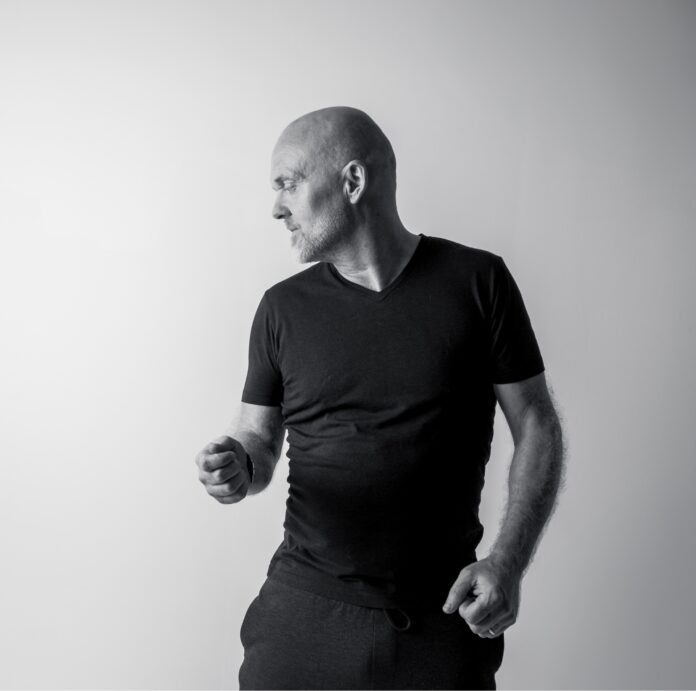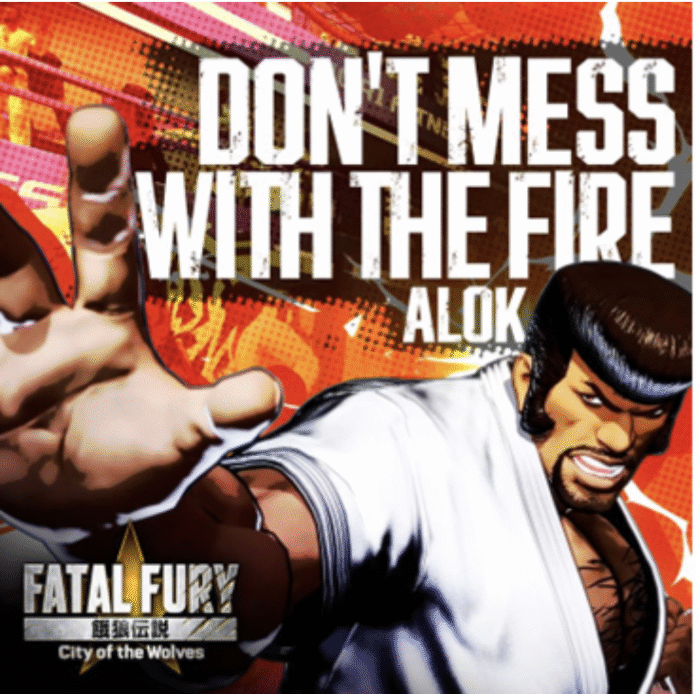"Sakuga" is a well-known word in the anime fandom lexicon, especially for those who love action-packed shonen battle series. Initially, it was a catch-all term for animation that took on a more niche and specific definition over time. While the transliteration of sakuga is "working drawing" or "animation," this expression now denotes scenes in an anime that pay special attention to the drawing and animation quality that are especially memorable.
Every Western anime fan can probably think of some prominent examples of sakuga that they've seen. These can range from the iconic battle between Rock Lee and Gaara during the chunin exams in Naruto Episode 48 to more recent examples like the fast-paced hand-to-hand action in Episode 2 of the Chinese-Japanese donghua Hitori No Shita - The Outcast, or Levi's high-octane chase in Season 3, Episode 2 of Attack on Titan. Sakuga is not limited to action, though fighting is the most recognizable application for these highly fluid and well-rendered scenes.
A Brief History of Sakuga
Some anime fans might be surprised to find that sakuga's roots go as far back as the early 1980s, and coincide with the introduction of such terms as "otaku" and "charisma animator" in Japan. "Charisma animator" described talented animators who were technically proficient and had a distinct animation style. The "big four" among charisma animators in the late 1970s and early 1980s were: Ichirou Itano, who is most well-known for his work on Macross; Yasuomi Umetsu, who created Robot Carnival's iconic short "Presence"; Yoshiaki Kawajiri, whose extensive portfolio includes Neo Tokyo's "The Running Man" and Vampire Hunter D: Bloodlust; and, most notably at the time, Yoshinori Kanada, who contributed to such high-profile titles as Galaxy Express 999 and Kiki's Delivery Service.
Another crucial development for the evolution of sakuga was the massive popularity of VHS. The ability to record home videos and purchase tapes with higher-quality animation than viewers could typically watch on broadcast television allowed dedicated anime fans to find new ways to appreciate the medium. Many of the industry's biggest names enhanced their love of animation through watching VCR recordings. The ability to thoroughly examine details in a given anime allowed fans to appreciate various aspects of production. This increased accessibility also allowed 1980s otaku culture to blossom.
Anime and otaku culture's beginnings in the West were quite different in comparison. While VHS and DVD titles were imported from overseas and localized for English-speaking viewers, anime -- and the basis for what sakuga would become -- didn't "catch on" until the late 1990s and early 2000s, when home Internet connections became more commonplace.
The Rise of Western Sakuga Appreciation
Sites like Catsuka and AniPages played a crucial role in developing the Western sakuga community. Many of Catsuka's forum members were longtime animation lovers or budding animators themselves. AniPages, meanwhile, began as a blog in 2004 with an express focus on anime and the animation process. These posts introduced anime fans to modern "charisma animators" like Norio Matsumoto and Atsushi Wakabayashi, the talent behind some of Naruto's most iconic fight scenes.
The AniPages forums were also highly influential. One thread, titled "Japanese animation theory," is considered one of the most informative English texts available about Japan's animation industry. As Anipages members would translate Japanese interviews with animators, they debated how to localize technical phrases into English, including terminology surrounding animation cuts, layouts, and cels. This emphasis on articulating the production processes helped now-prominent animators like Bahi JD, whose work includes Kids on the Slope and Space Dandy, hone their skills.
In 2006, Japan's anime community was already changing how they used the word "sakuga." The earliest examples of sakuga's modern usage occurred on sites like 2channel, Stage 6, and Nico Nico. Animation highlight reels or "Sakuga MADs" that usually showcased work by specific animators were eventually posted on YouTube to a much wider international audience, which also influenced how Western fans implemented the term in their discussions.
Anime-oriented media outlets have also proven instrumental in spreading the word about sakuga. Anime News Network's 2015 feature, "The Joy of Sakuga" by Kevin Cirugeda, introduced many Western anime fans to it during this period. However, as more blogs, articles, and forum posts were published, more debates cropped up about what defines sakuga. Wave Motion Cannon's 2016 piece "At Least It's an Ethos" and its 2019 follow-up "It's Been Years, Where Is the Ethos Now?" generated copious amounts of discussion, primarily regarding sakuga's role in the community and whether style or substance matters more in anime production.
The modern use of the term "sakuga" strays quite a ways away from its humble origins as a descriptor for animation in general. Over the course of several decades, it has since changed to describe scenes in anime that are noteworthy, especially in the context of action sequences. It's safe to say that sakuga has had an undeniable impact on both anime production and fan discourse. It's also brought new talent to the industry to show audiences worldwide some of the most unforgettable scenes and stories in media today.
About The Author

